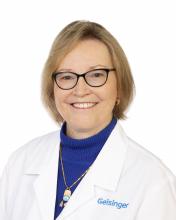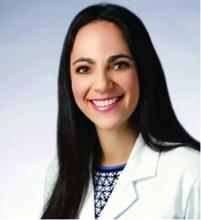Disaster response and global health
One step forward, two back…
No adult alive today will live to see global gender parity. The 2020 World Economic Forum Global Gender Gap Report, published December 2019, assessed four dimensions of gender inequality – health, economic opportunities, educational advancement, and political empowerment.
The report stated that despite some advances, overall global gender parity would not be reached for 99 years. The gender gap is not solely a developing nation’s problem. The US standing as the 51st in gender parity fell to 53rd during the previous 2-year period. And these numbers were before Covid COVID-19.
Disasters, including pandemics, negatively affect female subjects disproportionately. Covid COVID-19 has unmasked and exacerbated both gender and minority disparity. Global health care workers (HCW) are overwhelmingly female, exposing them to a higher risk of contagion. This risk was exceptionally high among Black, Asian, and minority ethnic HCW (Nguyen et al. Lancet Public Health. 2020;5[9]:E475). The gender pay gap, where women are paid 80% of their male counterparts and women of color make 63%, has led to a greater financial burden among female HCW during Covid COVID-19. Women, including HCW, provide the majority of the unpaid work, i.e., childcare, elder care, and home care. 2020 saw an unprecedented loss of women in the workplace, including health care. Both clinical practice and research have been affected. The long- term effect on women HCW careers is unknown at present. Global gross domestic product growth loss due to this decline in the female workforce is estimated at 1 trillion USD over the next decade.
Disaster and gender parity are entwined. Covid COVID-19 has revealed the persistence of inequalities that nees to be considered in future disaster planning.
Mary Jane Reed, MD, FCCP
Steering Committee Ex-Officio
Interstitial and diffuse lung disease
Emergence and benefits of home monitoring and telemedicine for patients with ILD
Patients with interstitial lung disease (ILD) require regular monitoring with outpatient clinic visits and pulmonary function tests.
The emergence of COVID-19 forced an unprecedented transition to telemedicine and a new reliance on home monitoring. Home spirometry enables quick detection of rapidly progressive disease and is more sensitive than hospital-based spirometry in predicting prognosis (Russel, et al. Am J Respir Crit Care Med. 2016;194[8]:989). Patients with idiopathic pulmonary fibrosis randomized to a home monitoring program had improved psychological wellbeing and higher patient satisfaction with individually tailored treatment decisions (Moor, et al. Am J Respir Crit Care Med. 2020;202[3]:393). However, there are some inaccuracies in home monitoring. For instance, pulse oximetry is less reliable in African American patients receiving supplemental oxygen (Sjoding, et al. N Engl J Med. 2020;383:2477). It is critical to protect ILD patients from potential COVID-19 exposure given the high risk of serious complications. Telemedicine should be offered to all patients and may actually increase access to care in ILD patients, a population with disabling dyspnea and supplemental oxygen needs that requires specialist care unavailable in many geographic regions. African American patients, those older than 65, and patients with lower socioeconomic status are less willing to engage in videoconferencing (Fischer, et al. JAMA Netw Open. 2020;3[10]:e2022302). It is essential that telephone visits be offered to minimize disparities in access to care. Many telemedicine platforms enable caregivers and family members to attend visits from separate locations and provide a unique opportunity to address advance care planning. In-person visits should be arranged for patients with no access to internet or telephone or those with poor medical literacy or insufficient social support to conduct a productive remote visit. Telemedicine and home monitoring have proved invaluable during the COVID-19 pandemic and have the potential to continually increase access to and quality of care.
Rebecca Anna Gersten, MD
Steering Committee Member



